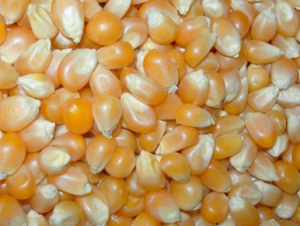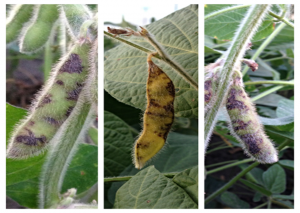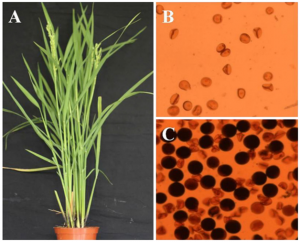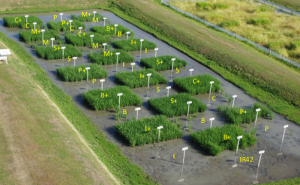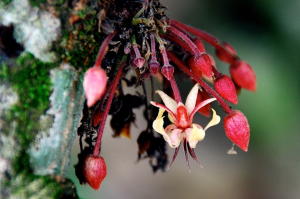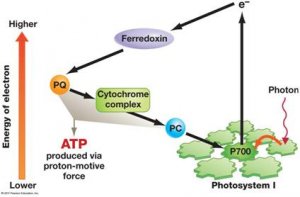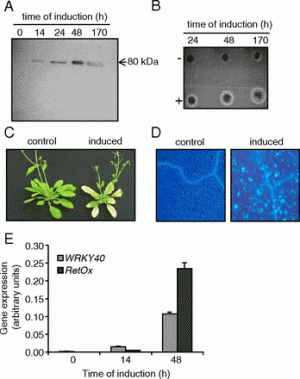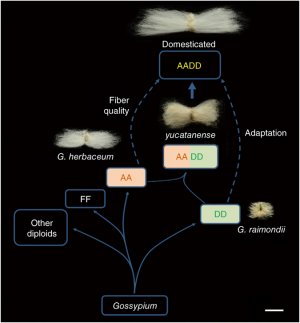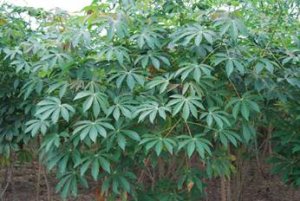Genome-wide association studies (GWAS) have been used extensively to identify allelic variation for genes controlling important agronomic and nutritional traits in plants. Provitamin A (proVA) enhancing alleles of lycopene epsilon cyclase (LCYE) and β-carotene hydroxylase 1 (CRTRB1), previously identified through candidate-gene based GWAS, are currently used in CIMMYT’s maize breeding program.
Fusarium graminearum is now recognized as a primary pathogen of soybean, causing root, seed rot and seedling damping-off in North America. In a preliminary screen, ‘Wyandot’ and PI 567301B were identified with medium and high levels of partial resistance to F. graminearum, respectively. The objective of this study was to characterise resistance towards F. graminearum using 184 recombinant inbred lines (RILs) derived from a cross of ‘Wyandot’ × PI 567301B.
The development of two-line hybrid rice has done great contribution to the food security. It is imperative to study the male sterility mechanism of rice photo-thermo sensitive genic male sterile (PTGMS) line which is the core component of two-line hybrid rice. Zhu1S is a rice thermo-sensitive genic male sterile line used frequently as female parent in two-line hybrid seed production.
Submergence is an escalating problem in many rice producing areas. A submergence tolerance gene, SUB1, derived from FR13A was previously introduced into six mega varieties through marker assisted backcrossing (MABC) with the final product selected at the BC2 or BC3 generation. Their pheno-type was similar to the original varieties, but they could withstand complete inundation for up to 2 or 3 weeks. Several of these varieties have been released in South and Southeast Asia
A team of researchers has discovered the gene involved in determining the melting point of cocoa butter, an important trait for food and pharmaceutical products. The team discovered TcSAD1, the gene primarily involved in the synthesis of cocoa butter and is responsible for its melting point.
Cyclic electron flow around photosystem I (CEF) is critical for balancing the energy budget of photosynthesis, but its regulation is not well understood. Our results provide evidence that hydrogen peroxide, which is produced as a result of imbalances in chloroplast redox state, acts as a signaling agent to activate CEF in higher plants in vivo.
Damage-associated molecular patterns (DAMPs), released from host tissues as a consequence of pathogen attack, have been proposed as endogenous activators of immune responses in both animals and plants. Oligogalacturonides (OGs), oligomers of α-1,4–linked galacturonic acid generated in vitro by the partial hydrolysis of pectin, have been shown to function as potent elicitors of immunity when they are applied exogenously to plant tissues.
Upland cotton is a model for polyploid crop domestication and transgenic improvement. Here we sequenced the allotetraploid Gossypium hirsutum L. acc. TM-1 genome by integrating whole-genome shotgun reads, bacterial artificial chromosome (BAC)-end sequences and genotype-by-sequencing genetic maps. We assembled and annotated 32,032 A-subgenome genes and 34,402 D-subgenome genes. Structural rearrangements, gene loss, disrupted genes and sequence divergence were more common in the A subgenome than in the D subgenome, suggesting asymmetric evolution.
Cassava, Manihot esculenta Crantz, is one of the most important crops world-wide representing the staple security for more than one billion of people. The development of dense genetic and physical maps, as the basis for implementing genetic and molecular approaches to accelerate the rate of genetic gains in breeding program represents a significant challenge. A reference genome sequence for cassava has been made recently available and community efforts are underway for improving its quality.
Cassava ranks fifth among the starch producing crops of the world, its annual bioethanol yield is higher than for any other crop. Cassava cultivar KU50, the most widely grown cultivar for non-food purposes is susceptible to Sri Lankan cassava mosaic virus (SLCMV). The objective of this work was to engineer resistance to SLCMV by RNA interference (RNAi) in order to increase biomass yield, an important aspect for bioethanol production.


 Curently online :
Curently online :
 Total visitors :
Total visitors :
